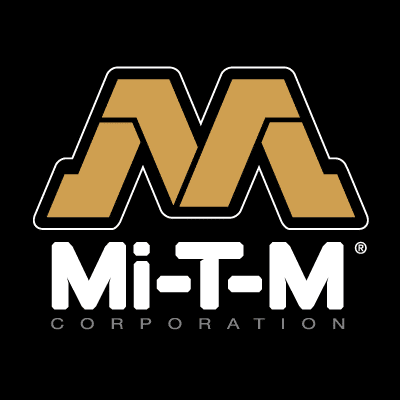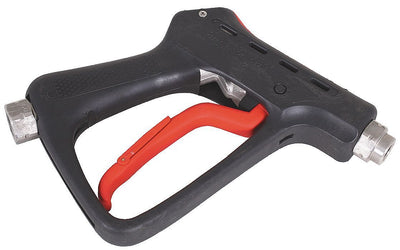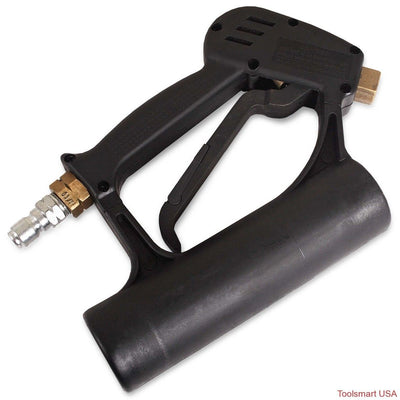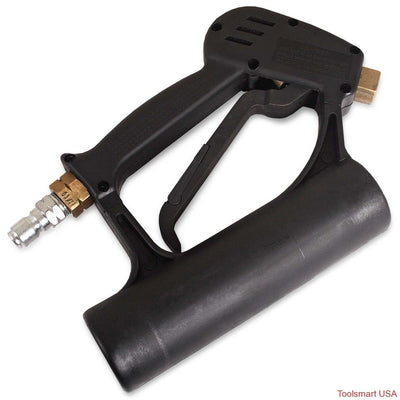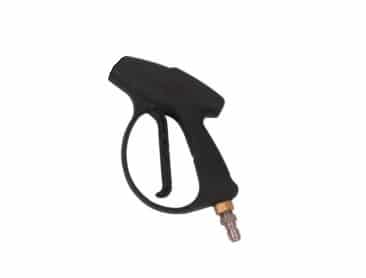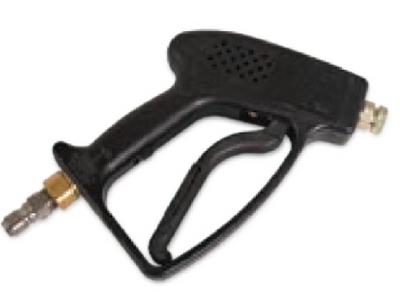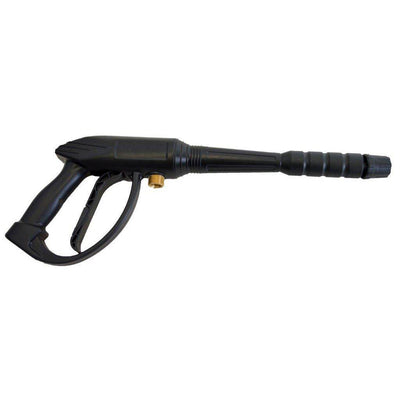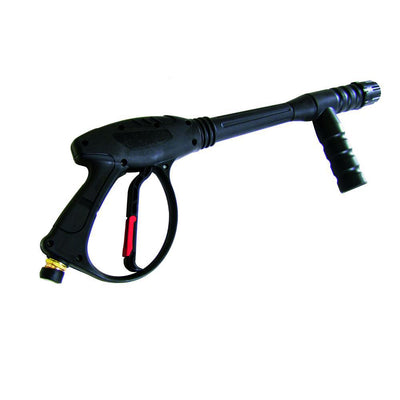Air Brush Buying Guide
Air brushes have a unique role in painting. They are the smallest of all spray application types. They are well suited for artistic needs like t shirt design or small canvas painting. They are smaller than other spray applications like conventional spray guns or touch up spray guns. We will cover the things to consider when purchasing an Air Brush so you can decided if they are right for your spray application and which might be right for you.
First Consideration – How much Painting do You Plan on Doing?
To use an airbrush you should only be painting small detail work. Whether it be to touch up a mural or design a t-shirt. If you plan on needing to paint in wider patterns or large objects you will want to consider a traditional spray gun or a touch up spray gun. To better understand when a touch up spray gun may be right for your need you can review our guide on touch up spray guns here. You can also check with us and we can help you better understand if a touch up would be better fit for your spray application.
Second Consideration – How Thick (Viscous) is your Paint?
Different air brushes offer different abilities to atomize a coating. You will want to evaluate the primary coatings you will use in your design work and choose an air brush that will be able to spray the coating well. Common coatings categories include inks, stains and dyes. A second common category involves paint and sho-card colors. A final category that is typically the most viscous is ceramic under glazing (though this will typically be a less precise application). You will also want to make sure you can spray your potential coating with an air brush.
Third Consideration – Have you Used an Air Brush Before?
Air brushes offer a variety of abilities in spraying great detail. Typically, the finer the detail the air brush will provide, the finer work you can provide. A finer air brush will typically have additional options in how you control the way it sprays. However, the fine spray will also require better control and a solid understanding of the paint you are spraying. If you are just starting out with an air brush you may want to consider an air brush that is simpler in design. However, if you have been air brushing a while, you may be best with a high end air brush that offers the finest control over air and fluid delivery.
Fourth Consideration – Parts Availability
When buying an air brush you want to make sure that you can easily find the replacement parts that you need. If you plan on using the air brush regularly you will also want to ensure that you can replace most components of the air brush, otherwise you will end up having to throw away your air brush.
Fifth Consideration – Where Paint is Atomized
- Internal mix – Internal mix will usually lay out a finer line but can be a bit more work to clean
- External Mix – External mix Air Brushes allow for easier clean up but may be a slightly less fine spray pattern
Six Consideration – Trigger Type
With an Air Brush there are essentially two types of trigger actions. One is a dual action and one is a single action. A Dual Action will provide air and then fluid, it typically allows slightly better control of your spraying. A single action will release paint and air at the same time they are usually a bit lower cost but may not provide the same control as a dual action trigger.
Seventh Consideration – How is paint fed?
- Gravity Feed – Gravity feed air brushes feed fluid from a cup above the air brush. They use less air pressure typically and will provide a finer pattern. However, they do not hold as much paint as a siphon feed air brush. The low pressure allows for a finer pattern to be sprayed. There downside includes a smaller paint reservoir than a siphon feed and the inability to paint upside down.
- Siphon Feed – Siphon fed air brushes have a cup under them that air draws material up as it passes over the material. They can hold more paint than a gravity air brush but will not offer the same degree of control. They can also spray upside down unlike a gravity feed airbrush. They will typically not provide the fine spray pattern that a gravity fed air brush will
- Side Port Feed – A side feed will be gravity fed when the cup is filled and suction fed when the paint gets low. The material enters through the side of the unit. They offer a balance of a fine spray with optional larger cups.
Eighth Consideration – Manufacturer
Different manufacturers of air brushes have different levels of quality and different models. It is always good to learn if a given air brush has a good reputation for quality and durability. Options that we offer include the Binks Wren Air Brush.
Conclusion
By knowing what you will be spraying out of your air brush, the finish quality requirements, cleanup needs, parts, and your skill level you can better choose an air brush that will meet your needs and provide the result you want.

